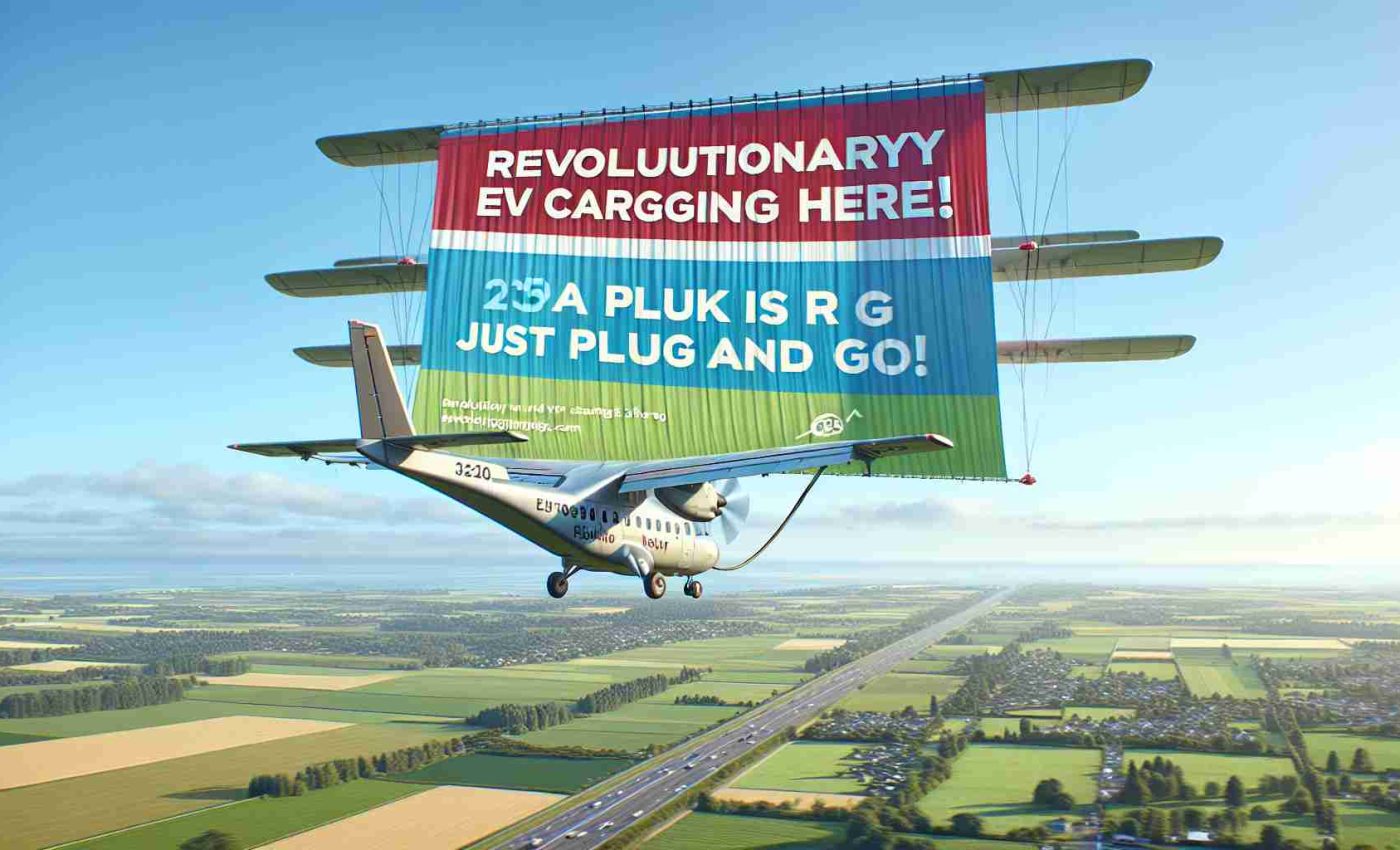The current electric vehicle (EV) charging system can often feel like a cumbersome chore, posing significant obstacles for potential buyers. Picture a world where you simply plug in your vehicle without needing to navigate endless app registrations or payment confirmations. This vision is inching closer to reality thanks to a new collaboration involving the nonprofit SAE International, major automakers, and the Biden administration.
The initiative focuses on creating a universal “Plug and Charge” standard aimed at making EV charging straightforward and efficient. With this new framework scheduled for release early next year, the goal is to ensure that all electric vehicles can utilize any public charging station seamlessly. The process would involve secure communication between the car and charger, automatically managing billing without requiring any additional input from drivers.
Identifying a secure foundation for this system is crucial. The SAE is developing a Certified Trust List to facilitate automated authentication as soon as the car is plugged in. This innovative approach allows for interoperability across different brands and networks, ensuring that competition thrives in the EV charging market.
Industry leaders, including major charging providers and vehicle manufacturers, have already shown considerable investment in this initiative, demonstrating collective commitment to enhancing the EV landscape. By paving the way for effortless charging, the future of electric mobility appears more promising than ever.
Revolutionizing EV Charging: The Future of Seamless Electric Vehicle Experiences
Electric vehicles (EVs) are becoming increasingly popular, yet the current charging infrastructure often presents challenges for owners and potential buyers. However, there’s good news on the horizon: a collaborative effort between industry leaders and the Biden administration is set to transform the EV charging experience with the upcoming “Plug and Charge” standard.
Overview of the New Charging Standard
The new “Plug and Charge” standard aims to revolutionize how electric vehicles interact with charging stations, making the process as simple as plugging in your device. This initiative, spearheaded by the nonprofit organization SAE International in collaboration with major automakers and government entities, is scheduled for release early next year. Key features include:
– Seamless Charging: Once plugged in, the vehicle will automatically communicate with the charging station, eliminating the need for app logins or payment confirmations.
– Secure Transactions: The charging process will utilize a Certified Trust List to authenticate vehicles automatically, ensuring secure billing without manual inputs from the owner.
Benefits of the “Plug and Charge” Standard
Pros
1. Convenience: Drivers can enjoy a hassle-free experience, making EV ownership more appealing.
2. Interoperability: The standard ensures that any EV can use any public charging station, enhancing the overall network’s accessibility.
3. Increased Adoption: Simplifying the charging process could drive more consumers to consider EVs, boosting sales and market growth.
Limitations
1. Initial Transition: Existing stations may need upgrades to adopt the new standard.
2. Consumer Awareness: Public understanding of the new system will be crucial for widespread adoption.
Real-World Use Cases
1. Urban Environments: City dwellers with limited access to home charging can benefit greatly from easy-to-use public charging stations.
2. Long-Distance Travel: Road-trippers will no longer need to plan routes around specific charging networks, reducing range anxiety.
Market Insights
According to recent studies, the global electric vehicle market is expected to grow significantly, with governments pushing for greener transport solutions. This trend aligns with initiatives like “Plug and Charge,” which could soon become a standard expectation for EV users.
Innovations in EV Charging
The “Plug and Charge” initiative is not just a new charging protocol; it represents a broader move towards innovation in sustainable transport. Industry leaders are also exploring advanced battery technology and renewable energy solutions, paving the way for a more sustainable future.
Predictions for the Future
As this initiative unfolds, we can anticipate a dramatic increase in electric vehicle adoption rates. With easier charging solutions, combined with growing public infrastructure, the transition to electric mobility will likely accelerate, aligning with government targets for reduced carbon emissions.
In summary, the “Plug and Charge” standard is set to remove significant barriers for EV users, paving the way for a smoother transition to electric mobility. As this technology rolls out, it will contribute to a more sustainable and user-friendly transportation landscape.
For more insights about electric vehicles and the latest trends in the industry, visit SAE International.







